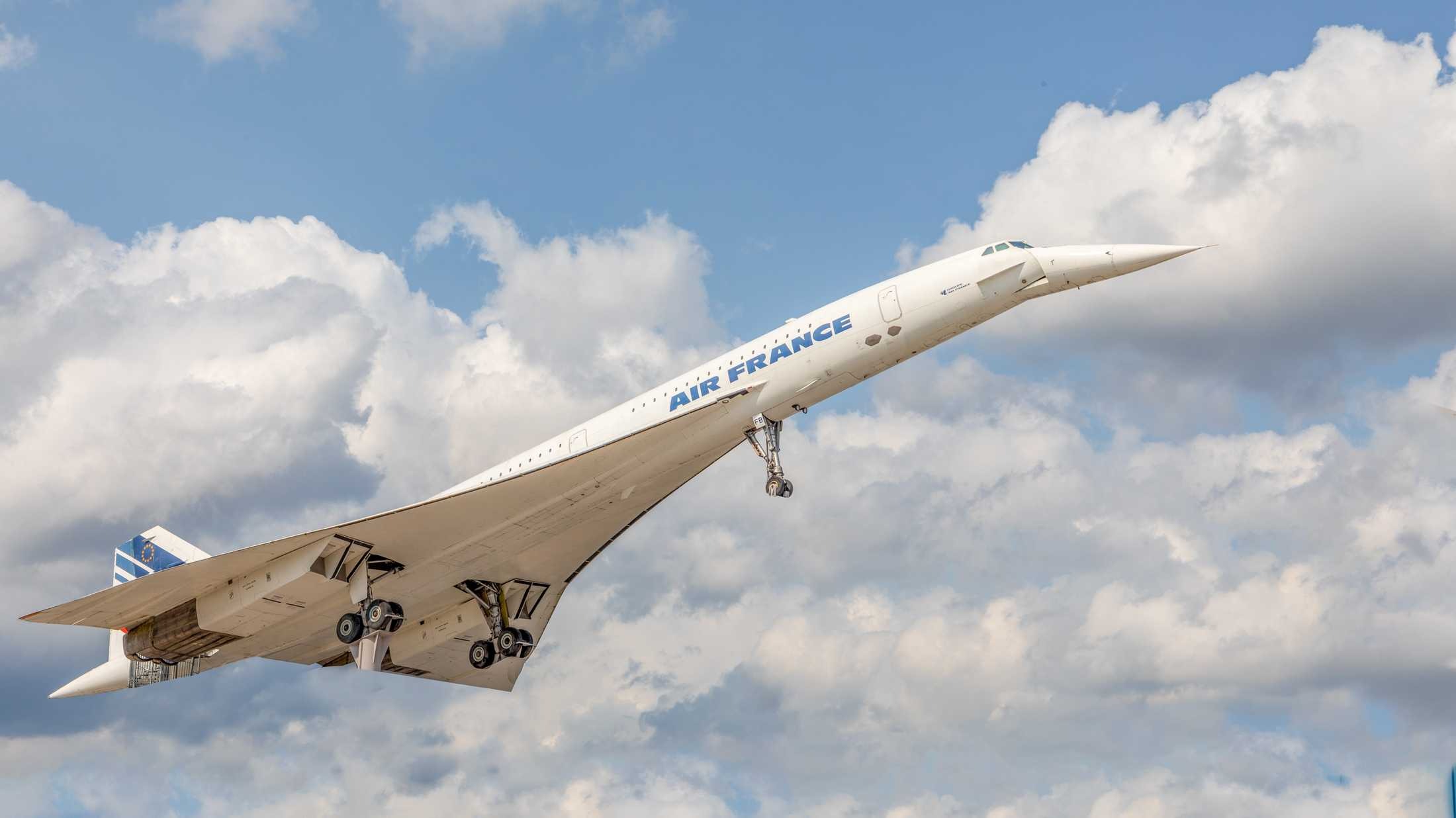Concorde’s 1995 Round-the-World Speed Record Still Stands

Nearly three decades after its historic achievement, Concorde’s reputation as one of aviation’s greatest icons remains firmly intact. In 1995, an Air France Concorde set a round-the-world speed record that still stands today, underscoring the aircraft’s unmatched performance and engineering brilliance.
Capable of reaching speeds of 1,450 miles per hour and cruising at Mach 2.02, Concorde could cross the Atlantic in under four hours, offering travelers a level of speed and efficiency that no commercial aircraft has ever matched. Its supersonic capabilities made it a lasting symbol of technological progress and luxury air travel throughout its years of operation, from 1976 to 2003. Concorde routinely cruised at 60,000 feet (18,300 meters) — twice the height of most commercial flights, where passengers could see the curvature of the Earth and the dark sky above.
An Air France Concorde SST holds the world records for the fastest around-the-world flights in both directions. In 1992, Concorde F-BTSD set the westbound record, completing the journey in 32 hours, 49 minutes, and 3 seconds on a route from Lisbon to Santo Domingo, Acapulco, Honolulu, Guam, Bangkok, Bahrain, and back to Lisbon. The same aircraft went on to set the eastbound record in 1995, flying from New York/JFK to Toulouse, Dubai, Bangkok, Guam, Honolulu, Acapulco, and returning to New York/JFK in 31 hours, 27 minutes, and 49 seconds.
Concorde also holds the record for the fastest transatlantic crossing from New York to London. British Airways’ Concorde G-BOAD achieved this feat in 2 hours, 52 minutes, and 59 seconds, averaging more than 1,250 miles per hour, as documented by Aerospace Bristol.
A British Airways Concorde set a record for the London–Sydney route in 1985, completing the journey in 17 hours, 3 minutes, and 25 seconds. This historic flight, the first commercial Concorde service to Australia, was a special charter for a luxury cruise line and included multiple refueling stops along the way,
Concorde carried royalty, world leaders, and countless celebrities, making it not just a mode of transportation but also a cultural icon. Beyond luxury flights, the aircraft was occasionally deployed for humanitarian purposes, including urgent medical supply deliveries, showcasing its versatility in addition to its prestige.
Despite being retired in 2003, Concorde’s legacy continues to influence modern aviation and inspire the next generation of supersonic aircraft currently in development. Engineers and manufacturers continue to study its groundbreaking design as they work toward creating new aircraft that combine speed with fuel efficiency and environmental sustainability.
While no commercial jet has yet surpassed its record-setting performance, Concorde’s 1995 global circumnavigation remains a milestone in aviation history. Its enduring legacy is a reminder of what was once possible in air travel and what could be achieved again as supersonic innovation returns to the skies.
Sources: AirGuide Business airguide.info, bing.com
